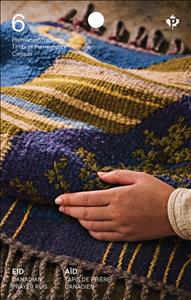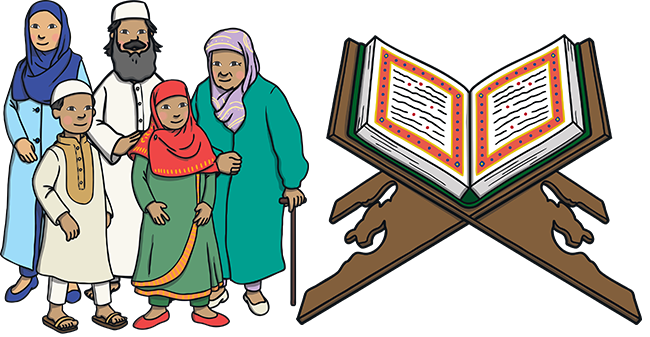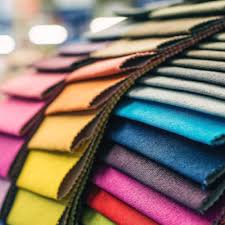Booklet: Eid 2025 : Prayer Rug (Canada 2025)
Eid 2025 : Prayer Rug (Canada 2025)
10 March (Canada ) within release Eid 2025 : Prayer Rug goes into circulation Booklet Eid 2025 : Prayer Rug face value 6*P No Face Value
| Booklet Eid 2025 : Prayer Rug in catalogues | |
|---|---|
| Colnect codes: | Col: CA 2025.03.10-01a |
Booklet is square format.
Face value Can$1.24 per stamp on day of issueAlso in the issue Eid 2025 : Prayer Rug:
- Stamp - Eid 2025 : Prayer Rug face value P;
- Booklet - Eid 2025 : Prayer Rug face value 6*P;
Booklet Eid 2025 : Prayer Rug it reflects the thematic directions:
A festival is an event celebrated by a community and centering on some characteristic aspect or aspects of that community and its religion or cultures. It is often marked as a local or national holiday, mela, or eid. A festival constitutes typical cases of glocalization, as well as the high culture-low culture interrelationship. Next to religion and folklore, a significant origin is agricultural. Food is such a vital resource that many festivals are associated with harvest time. Religious commemoration and thanksgiving for good harvests are blended in events that take place in autumn, such as Halloween in the northern hemisphere and Easter in the southern.
Muslims (Arabic: المسلمون, romanized: al-Muslimūn, lit. 'submitters [to God]') are people who adhere to Islam, a monotheistic religion belonging to the Abrahamic tradition. They consider the Quran, the foundational religious text of Islam, to be the verbatim word of the God of Abraham (or Allah) as it was revealed to Muhammad, the main Islamic prophet. Alongside the Quran, Muslims also believe in previous revelations, such as the Tawrat (Torah), the Zabur (Psalms), and the Injeel (Gospel). These earlier revelations are associated with Judaism and Christianity, which are regarded by Muslims as earlier versions of Islam. The majority of Muslims also follow the teachings and practices attributed to Muhammad (sunnah) as recorded in traditional accounts (hadith).
Textile is an umbrella term that includes various fiber-based materials, including fibers, yarns, filaments, threads, and different types of fabric. At first, the word "textiles" only referred to woven fabrics.However, weaving is not the only manufacturing method, and many other methods were later developed to form textile structures based on their intended use. Knitting and non-woven are other popular types of fabric manufacturing. In the contemporary world, textiles satisfy the material needs for versatile applications, from simple daily clothing to bulletproof jackets, spacesuits, and doctor's gowns



